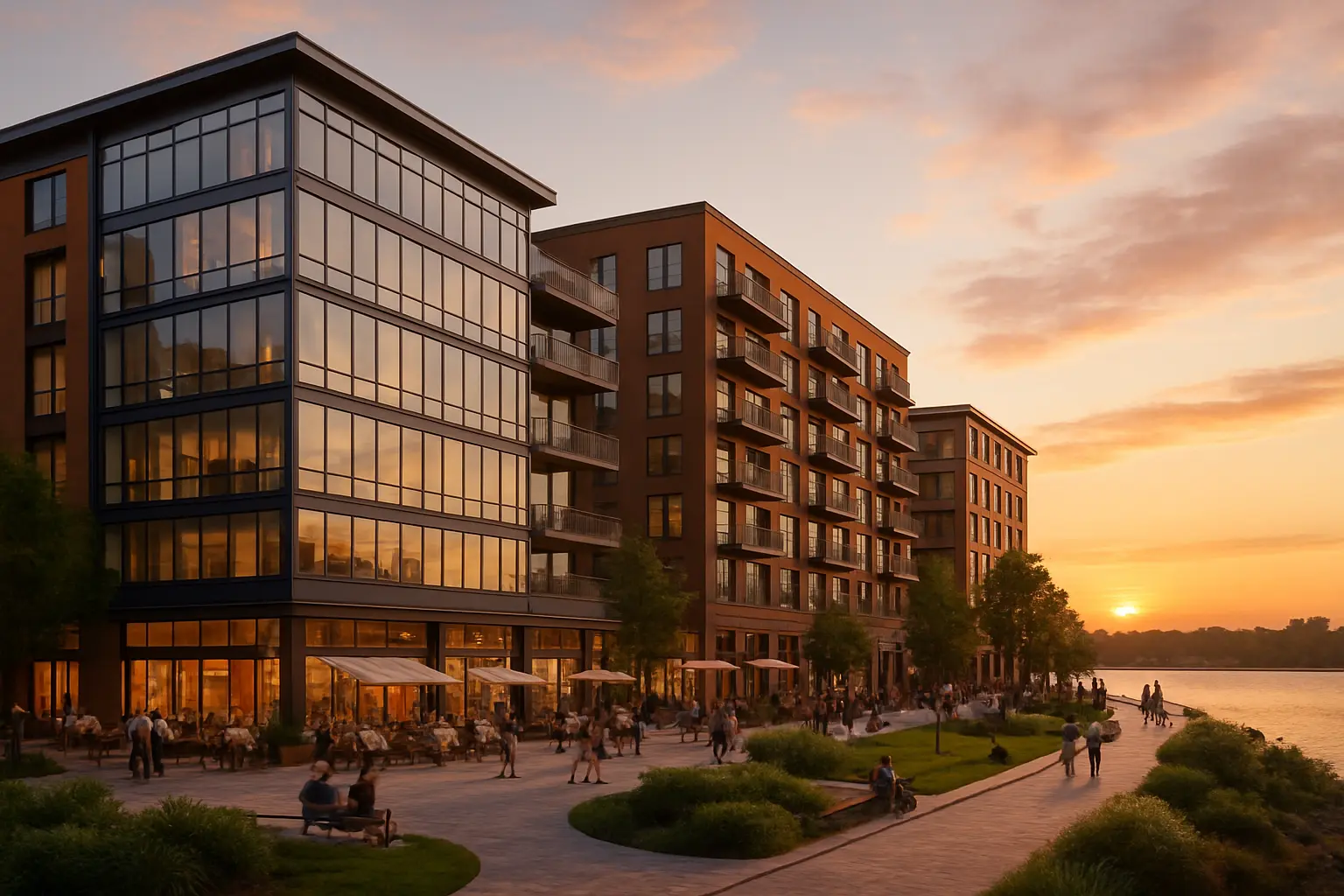The Rise of Mixed-Use Developments: How Norfolk and Richmond Are Reshaping Urban Living
Discover how Hampton Roads' innovative commercial-residential spaces are creating thriving micro-communities and investment opportunities.

The Evolution of Urban Planning
Virginia's urban landscape is undergoing a remarkable transformation as Norfolk and Richmond embrace the future of city living through mixed-use developments. These innovative spaces are revolutionizing how residents experience their communities, combining residential, commercial, and recreational areas into cohesive neighborhood hubs.
In Norfolk's bustling downtown district, recent developments have demonstrated the successful integration of retail spaces, luxury apartments, and public amenities. Meanwhile, Richmond's Scott's Addition and Manchester neighborhoods showcase how former industrial areas can be reimagined into vibrant community centers.
Live-Work-Play Model
The contemporary urban lifestyle demands convenience and connectivity, which mixed-use developments deliver in abundance. These thoughtfully designed spaces offer numerous advantages:
- Reduced Transportation Needs: With essential amenities within walking distance, residents enjoy significant time savings and reduced transportation costs.
- Enhanced Community Engagement: Shared spaces and community events foster stronger neighborhood connections.
- Environmental Benefits: Walkable communities and efficient land use contribute to reduced carbon footprints.
- Economic Vitality: Local businesses thrive with a built-in customer base, creating a self-sustaining economic ecosystem.
Success Stories
The Harbor's Edge expansion in Norfolk and Richmond's River's Edge developments serve as prime examples of successful mixed-use projects. These developments have become models for future urban planning initiatives, demonstrating how thoughtful design can create thriving micro-communities.
Investment Potential
The financial outlook for mixed-use developments in Hampton Roads remains exceptionally promising. Market analysis shows:
- Property values in mixed-use zones have consistently outperformed traditional single-use developments
- Retail spaces in these developments maintain higher occupancy rates
- Residential units command premium rental rates due to their convenience and amenities
"Mixed-use developments represent the future of urban living, offering sustainable growth opportunities for investors while creating vibrant, livable communities," notes a prominent local real estate analyst.
Future Growth Projections
The future of mixed-use development in Hampton Roads looks bright, with several major projects in various stages of development:
- Norfolk's Waterfront Expansion: New developments combining marina access with residential and retail spaces
- Richmond's Arts District: Creative spaces merging galleries, studios, and residential lofts
- Technology Corridors: Innovation hubs integrating office spaces with modern living accommodations
As these cities continue to grow, mixed-use developments are positioned to play a crucial role in shaping sustainable, vibrant urban communities. Investors and residents alike stand to benefit from this progressive approach to urban development, which prioritizes quality of life alongside economic growth.
Looking Ahead
With strong market indicators and continued population growth in both Norfolk and Richmond, mixed-use developments represent not just a trend, but a fundamental shift in urban living. These developments are creating the foundation for more sustainable, connected, and vibrant communities that will define Virginia's urban landscape for generations to come.


